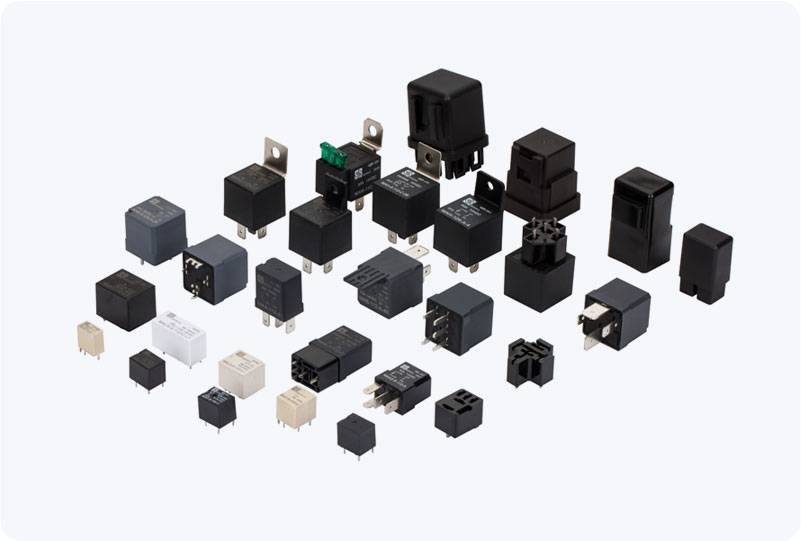In the rapidly evolving world of electric vehicles (EVs) and hybrid electric vehicles (HEVs), the importance of reliable, efficient, and safe components cannot be overstated. Among these components, the New Energy Vehicle (NEV) relay plays a critical role. As the electrical architecture of these vehicles becomes more sophisticated, the need for advanced relays that can manage high-power electrical circuits is more pressing than ever. This article delves into the functions, types, and significance of New Energy Vehicle relays, as well as their contribution to the overall safety and efficiency of EVs.

The Role of New Energy Vehicle Relays Relays in New Energy Vehicles primarily control and manage the high-voltage electrical circuits that are integral to EV systems. They serve as a switch that opens or closes electrical circuits based on certain conditions, such as when charging, discharging, or managing power between different components of the vehicle. One of the most critical roles of the relay is controlling the power flow from the battery to the electric motor. Since EVs use large high-voltage batteries, the relay ensures that power is delivered safely and efficiently. When the vehicle is not in use, the relay disconnects the battery to prevent unnecessary power drain and to ensure safety. Additionally, it can disconnect the battery in the event of a fault or crash, cutting off electrical power to prevent fires or other hazardous situations.
Leave a Reply
You must be logged in to post a comment.